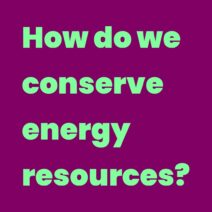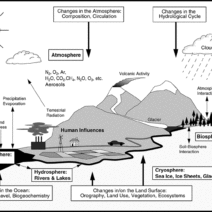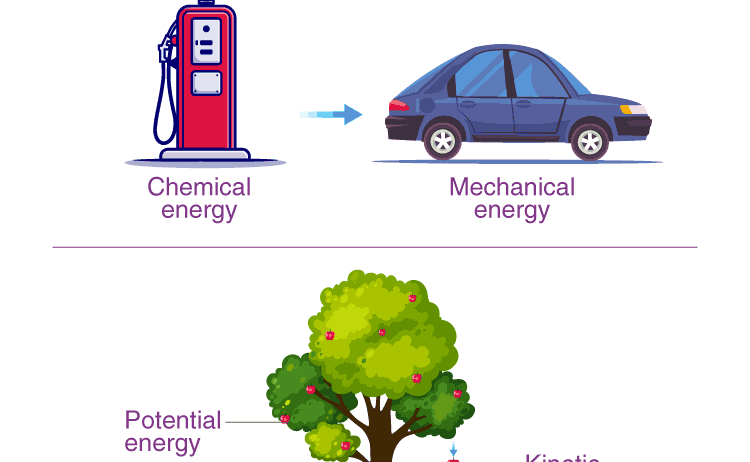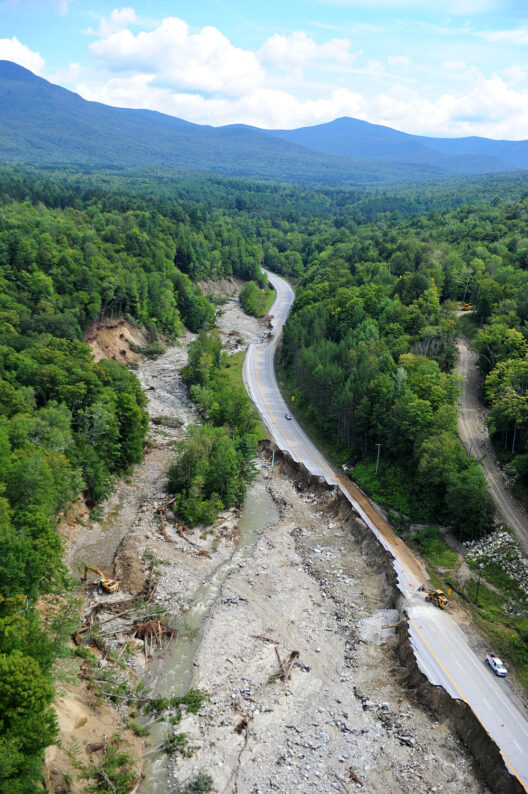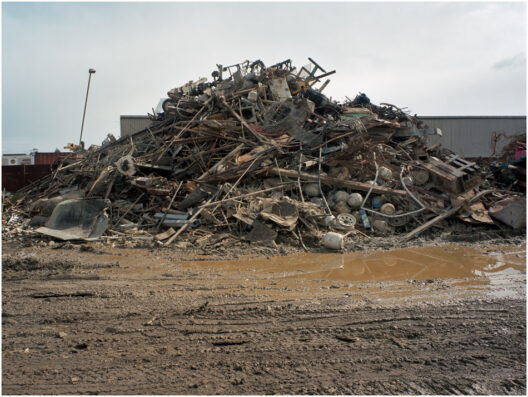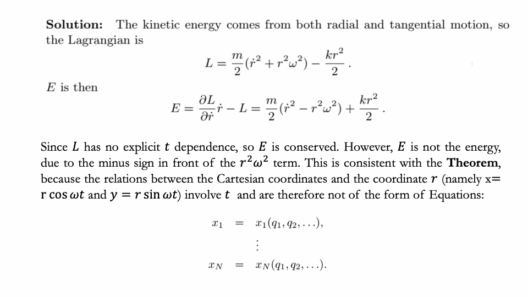The Law of Conservation of Energy stands as one of the foundational pillars of physics and serves as an integral concept across multiple scientific disciplines. At its core, this principle postulates that energy cannot be created or destroyed; it can only be transformed from one form to another. Think about it: if you flip a switch to turn on a light, where does the energy come from? And where does it go when you turn it off? This fundamental inquiry leads us into the very heart of energy’s nature and its omnipresence in our lives.
To delve deeper, let us break down this principle and explore its implications. The Law of Conservation of Energy asserts that in a closed system, the total amount of energy remains constant. Imagine a trampoline; when a person jumps on it, kinetic energy is converted into elastic potential energy at the highest point before being transformed back into kinetic energy as they spring back down. During this cycle, the total energy in the system remains unchanged, a concept that demonstrates both the beauty and the predictability of energy transformations.
In a broader context, consider the concept of energy forms. Energy exists in various manifestations, including thermal, mechanical, chemical, and nuclear energy. The transformation among these forms highlights the versatility of energy in our universe. For instance, when you burn wood for heat, the chemical energy stored in the wood is converted into thermal energy. This transformation is not merely an abstract idea; it has practical implications for our daily lives and for our environment.
Moreover, the implications of the Law of Conservation of Energy extend into the realm of thermodynamics, where systems are studied based on their energy exchanges. The first law of thermodynamics essentially reiterates this conservation principle, stating that the internal energy of a closed system is altered by the heat added to the system and the work performed by the system. This law serves as a guide for engineers, scientists, and environmentalists alike in designing efficient systems, be it in power plants or renewable energy technologies.
Consider the challenges posed by this principle in the context of sustainability. As society progresses, the demand for energy escalates. Yet, the challenge lies in utilizing energy resources in a manner that adheres to the law of conservation. Traditional fossil fuels, while abundant, release energy in a manner that often has detrimental environmental effects. This predicament urges a transition to renewable resources, which promise to harness energy in ways that are more aligned with conservation principles.
Solar, wind, and hydroelectric power are prime examples of renewable energy that embodies the Law of Conservation of Energy. Solar panels capture sunlight and convert it into electrical energy, effectively transforming radiant energy into usable power. Wind turbines harness kinetic energy from the wind, converting it to mechanical and then electrical energy. These transformations not only adhere to the law of conservation but also present a more sustainable energy model for future generations.
Perhaps the most striking aspect of the Law of Conservation of Energy is its universality. Its applicability ranges from the minuscule interactions of quantum particles to the grandiose movements of celestial bodies. In the cosmos, stars convert nuclear energy into electromagnetic energy, illuminating the universe while simultaneously affecting the gravitational pulls on nearby celestial bodies. Here lies the question: as human beings who inhabit a planet orbiting such dynamic energy systems, how do we reconcile our energy consumption with the conservation of this invaluable resource?
This inquiry leads us to contemplate our role as stewards of energy. How can we optimize our use of energy while adhering to the conservation principle? The answer lies not only in technological advancement but also in individual behavior. By implementing energy-efficient practices, embracing renewable technologies, and fostering an awareness of energy consumption, each of us can contribute to a sustainable energy model. The relationship we foster with energy is crucial in mitigating climate change and preserving our natural resources.
In conclusion, the Law of Conservation of Energy serves as a fundamental principle that reflects the interconnectedness of all energy systems. It encourages a continuous dialogue between scientists, policymakers, and the general public regarding energy usage and sustainability. The playful question of where energy comes from and where it goes invites engagement in broader discussions concerning our energy future. To challenge yourself, ask: what energy forms am I consuming today, and how can I transform my approach to align more closely with conservation principles? The pursuit of an energy-conscious lifestyle not only adheres to a scientific law but enhances the prospect of a more resilient planet for future generations.
In navigating the complex landscape of energy consumption and conservation, it is imperative to embrace the tenets of this law. As we harness and transform energy, let us do so with mindful awareness, ensuring that our practices align with this enduring principle of physics. The Law of Conservation of Energy is not just a fundamental scientific concept; it is a call to action for a sustainable future.

